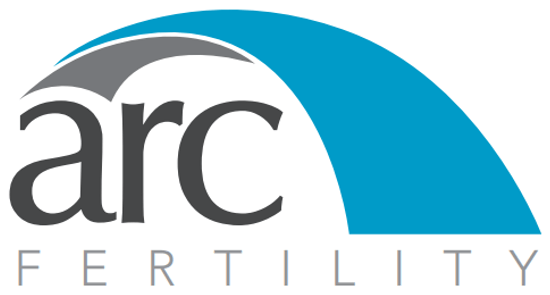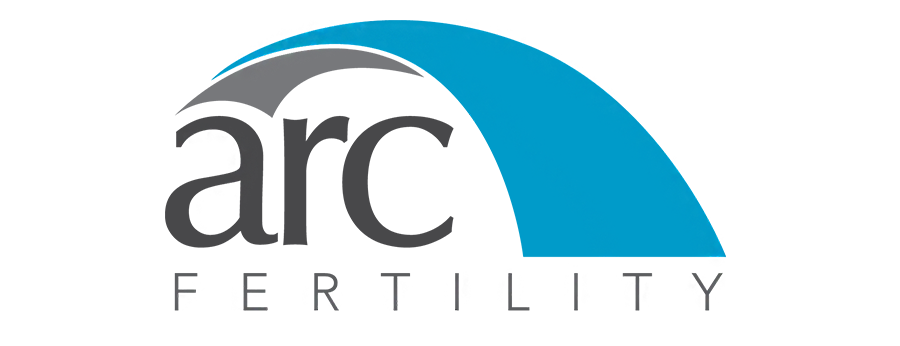Lesbian Couples

Lesbian couples have several options to consider when choosing to build a family together. Do both partners want the experience of carrying a baby? If so, the first decision is, which partner will try first? The second decision is, how will you choose the sperm? Many couples work with an agency and choose sperm from the same male donor and each plan to have a child with their own eggs. This is a great option for many, as it is the most cost-effective and requires the least amount of medical intervention.
In some cases, one of the partners is not able to carry or would prefer not to carry a baby, but would like to have a genetic connection with one or more of the couple’s children. One increasingly popular option for lesbian partners wishing to have a child is reciprocal IVF (also sometimes called partner IVF or co-maternity). In this option, one partner provides the eggs and the other partner carries the pregnancy. This is attractive to many couples because it allows both women to be physically involved in the pregnancy. This physical involvement can help heighten feelings of emotional involvement and connection to the pregnancy.
Reciprocal IVF
Once a couple has decided to use reciprocal IVF, they will begin a process almost identical to standard IVF. Like other forms of reproductive assistance for lesbian couples, one of the first things to consider is sperm donation. Once a couple chooses a sperm donor, they will begin a process of synchronizing their menstrual cycles by taking oral contraceptive pills. The partner who is donating eggs will also take medications to stimulate the maturation of multiple eggs. The partner who will have the embryo implanted will take medications to help prepare the uterus for implantation. After 6 to 9 weeks, depending on how long it takes to synchronize the cycles, the eggs will be retrieved from one partner using ultrasound guidance and fertilized with the donor sperm in the laboratory. The embryo will then be placed in the uterus of the partner who will carry the pregnancy using a small catheter and she will be monitored for pregnancy. If pregnancy is achieved, prenatal care can begin.
Sperm Donor – Known versus Unknown
Women can choose to use sperm from an unknown or known donor.
Known Donor
A known donor is choosing a semen sample from someone that the woman knows. This option is usually less expensive compared to unknown sperm donors since the sperm does not need to be purchased. Although, there are many legal risks and challenges involved with this option. Most medical clinics recommend patients to meet their potential donor with a mental health professional and attorney who is specialized in that particular field to ensure that all legal issues are handled appropriately.
Unknown Donor
An unknown donor is a person who donates sperm through a sperm bank and can choose to keep their identity anonymous. Sperm donors can’t claim legal rights to the children born through their sperm donation so women don’t have to worry about parental issues in the future. Information regarding the donor’s physical traits, medical history, career, and other information are accessible depending on the sperm bank. Women are aware of any infectious diseases donors may have since the donors are tested beforehand. The medical and reproductive history of the woman is also evaluated before beginning the procedure to ensure that she is matched with the proper type of donor.
Additional Considerations for Reciprocal IVF
Many of the same considerations that apply to standard IVF also apply to reciprocal IVF. A couple needs to understand the process and consider its success rates. Insurance may cover all or part the process, so it is important to check with your insurance provider. It is also important to understand the legal aspects, who will have parental rights to the child, these laws vary from state to state, so it is important to understand them and we recommend to consult an attorney that specializes in family law and family building, in particular. A couple must also carefully consider the role each partner will play. Often times one partner will carry the first child and then the partners will switch roles and use reciprocal IVF and the same sperm donor for a second child. In this way, each woman gets to experience both childbearing and having a biological connection to each child and the children themselves are biologically half-siblings as well. Most of the ARC member clinics have packages established that accommodate Reciprocal IVF. Some have special “Co-maternity” Packages, but many use the Donor Egg Packages, and one of the partners uses the donor services (egg retrieval) and the partner who will carry the pregnancy receives the embryo transfer and accompanying services.
Egg Donor
In some cases one or both partners may have difficulty becoming pregnant due to the quality of her eggs, in this case, the couple may use donated eggs from another woman. Choosing a reputable egg donor agency helps match patients with a wide variety of donors from diverse backgrounds. Patients can decide to choose a donor who is anonymous, semi-known, or known. An anonymous donor is one you will never meet, a semi-known donor is one who shares limited information, and a known donor can be a friend, relative or stranger chosen through an agency, but will meet within agreed-upon boundaries. All potential egg donors are recommended to go through an evaluation or screening. Learn more about ARC Donor Egg Packages.
Egg Freezing
If one or both women in the relationship are not ready to start building their family yet, one or both may choose to freeze their eggs to help preserve their fertility. The quality of a woman’s eggs diminishes with age and advanced cryopreservation techniques allow for the safe and successful freezing, storing and thawing of eggs that can be used in the future. Many of the ARC member clinics offer egg freezing packages, click here to learn more.
At-Home Insemination and IUI
Once a woman decides which source of sperm to use, she has the option to choose how to complete the procedure. The forms of procedures available are either at-home insemination and intrauterine insemination (IUI). The major differences between each procedure are the costs and how they are conducted.
At-Home Insemination
At-Home insemination is a route that women take as an attempt to conceive at home, which is a more relaxed environment than the doctor’s office. Women should take the proper steps to ensure the best chances of a successful pregnancy by having a fertility checkup to address any issues that may negatively impact their reproductive health. By choosing at-home insemination with the aid of a midwife, a woman specialized in pregnancy and childbirth, it may increase the chances of a successful pregnancy. During the procedure, the sperm is placed near the cervix instead of in the uterus through a syringe.
IUI
Intrauterine insemination (IUI) is the process of placing frozen sperm in a woman’s uterus at the time of ovulation by a reproductive specialist. It is performed at the same time that women are taking ovulation-stimulating drugs. The semen is placed directly in the woman’s uterus through the cervix with a soft catheter and syringe during ovulation. If a woman is using sperm from a sperm bank, it will send a prepared sperm for procedure directly to the doctor’s office. The procedure is very quick and only lasts for a few minutes. There have been higher success rates through IUI compared to at-home insemination since the sperm is placed closer to a woman’s eggs. Nearly all ARC member clinics offer IUI treatment packages.
Embryo Donation
Many women who go through fertility treatment may have several frozen embryos leftover. They can choose to donate them to research or to couples or individuals looking to build a family. Many lesbian couples chose to use an embryo donation when both women are unable to use their own eggs or do not want their genetics passed onto the baby. Some choose to use a donated embryo instead of a donor egg or donor sperm to create equal balance of no genetic connection between both partners. The different types of embryo donations are either known (open) and anonymous donations. The recipient who is carrying the embryo will have no biological link to the child.
In an anonymous donation, the donor couple’s IVF clinic matches them to other couples based off of general knowledge such as similar physical features. In known (open) embryo donations, the donors can get to know the potential parents who are receiving the embryos. The donor can decide to choose the recipient through an embryo matching service or agency. Donors are not compensated for their donation so embryo donation can be a lower cost alternative and easier option compared to adoption and other forms of fertility treatment.
Adoption
Adoption is another great way to build your family. Learn a little more about options and considerations for adoption.
Speak With A Patient Services Specialist About Family Building Options

